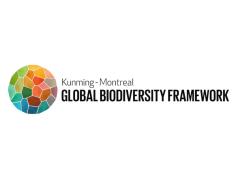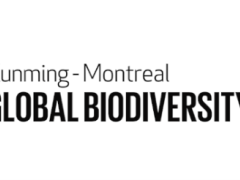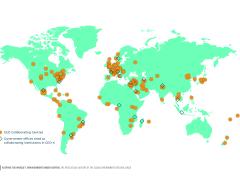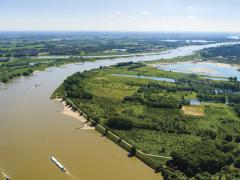
Nature, landscapes and biodiversity
Today’s Dutch landscape is largely human-made. Because of changes in land use, caused for example by agricultural and urban expansion, there is far less nature area than there was some centuries ago. Over the last decades, the agricultural landscape has also become less diverse.
With a large variety of studies, PBL supports policy on nature, landscape and ecosystem services. Policy progress and result are analysed in assessment studies, whereas outlook studies show possible future developments in those three areas. PBL also provides options for policymakers to anticipate on those developments. This concerns both Dutch, European and global studies. Here are some examples of our activities and projects.
- PBL hosts the IPBES Technical Support Unit (TSU) for scenarios and models. IPBES stands for the Intergovernmental Science-Policy Platform on Biodiversity and Ecosystem Services. Read more about IPBES Technical Support Unit
- PBL has developed the Global Biodiversity Model GLOBIO and applied it an a number of global scenario studies. Read more about GLOBIO
- Inclusive and participatory spatial planning and land governance are becoming more and more important. Cumulative pressures from the demands for urban expansion, the production of food, feed and biofuels, and nature conservation lead to increasing competition for natural resources and ecosystem services. Read more about Landscape governance and planning
- For biodiversity scenario studies on the European scale, PBL has developed the Bioscore model. It is based on dose-effect relationships per per pressure and species. It is used to conduct biodiversity impact analysis and to assess the impacts of policy measures on biodiversity in Europe. Read more about the Bioscore model
News
Chronic Land Degradation: UN Offers stark warnings and practical remedies in Global Land Outlook 2
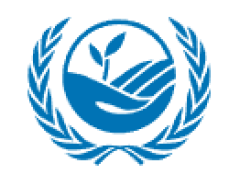
The biodiversity-related role of the financial sector requires an integrated approach with climate

Publications
Costs and benefits of synthetic nitrogen for global cereal production in 2015 and in 2050 under contrasting scenarios
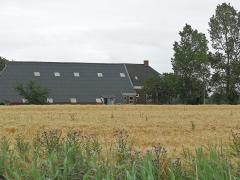
A purpose-oriented, multi-stakeholder and multi-evidence-based biodiversity global review: rationale, modalities & gaps
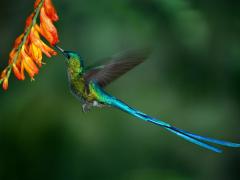
A prospective evaluation of the ambition of the Kunming-Montreal Global Biodiversity Framework goals and targets
